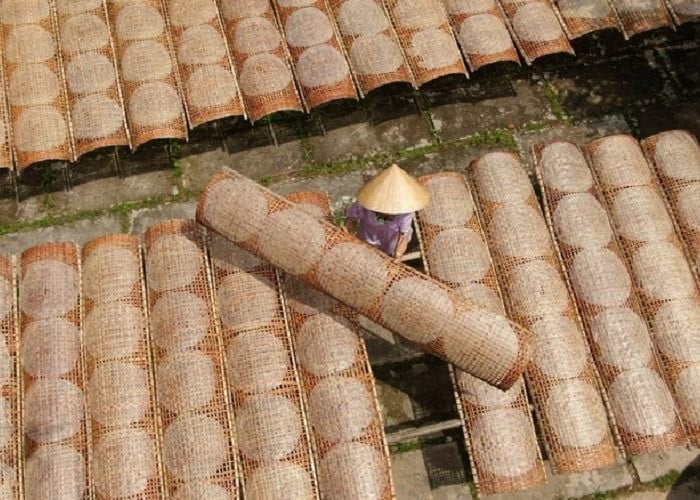
Trang Bang rice paper making village.
Nowadays, diners can enjoy Trang Bang sun-dried rice paper in many places, in luxury restaurant chains, but eating sun-dried rice paper in Trang Bang still has its own appeal...
That day, I followed a group of tourists from the North to eat rice paper dried in the dew at the famous Nhu Binh shop in Trang Bang, Tay Ninh province. It must be said that throughout the country, rice paper is a familiar dish.
We can find rice paper in many regions, each region has a different way of making rice paper and also has a different way of eating and taste of rice paper. And among the myriad of flavors from rice paper, Trang Bang sun-dried rice paper has found its place with very unique things, able to conquer many fastidious diners.
Returning to Nhu Binh restaurant that day, the restaurant was simple, but under the cool green trees, so we sat and enjoyed Trang Bang sun-dried rice paper which became more interesting. The rice paper here has a chewy, soft taste, just the right standard of Tay Ninh rice paper flavor. But for tourists, this establishment also has many other types of rice paper to serve, such as grilled rice paper, rice paper with shrimp paste...
Regarding the origin of rice paper, many people in Tay Ninh still say that, according to legend, a long time ago, a family moved from the Central region to Trang Bang, Gia Dinh town (now Trang Bang, Tay Ninh province) to live. They chose the rice paper profession to make a living. At that time, rice paper still used rice flour, not tapioca starch like today, so it was often thick and hard, grilled to eat, not soft to roll with boiled meat and raw vegetables.
One afternoon, the daughter-in-law was so tired that when she gathered the dry cakes into the house, she forgot two trays of cakes in the corner of the fence. In the morning, the mother-in-law saw the tray of cakes wet, which would have been "delicious" and not delicious, so she immediately scolded her. The husband felt sorry for his wife who had just come home and was not used to it, so he took out the soft cakes from the night dew, brought them into the house, picked some leaves from the garden, and invited the whole family to eat. Unexpectedly, everyone who ate them praised their deliciousness, the mother-in-law stopped scolding her daughter-in-law, and from then on, the dish "rice paper exposed to dew" was born.
To make delicious rice paper, the most important thing is to choose the ingredients. The rice used to make the cake must be new, delicious and not mixed. After grinding the rice, add a moderate amount of salt to create a salty taste for the cake, not sugar like other regular rice paper. Trang Bang rice paper is usually spread in two layers. The wet rice paper will be brought out to dry in the sun to prepare for the next step.
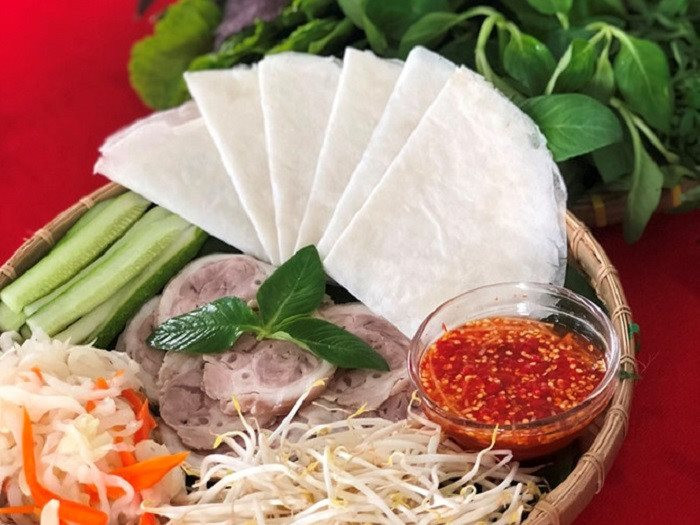
Trang Bang dew-dried rice paper dish.
Baking is an important step that creates the characteristic color of the rice paper. After drying, the rice paper is baked in a special oven that uses "peanut shell" fuel. It is important to note that the cake should not be overcooked or puffed up, so it should only be baked lightly on the fire until small bubbles appear on the surface of the rice paper and it turns opaque white, then stop.
The rice paper oven is made quite simply from an aluminum tray (a round-bottomed pot used to cook wine) placed at an angle. The worker quickly rotates the rice paper so that it puffs up evenly on both sides while still remaining white and not burnt.
The baked cakes are then exposed to dew around dawn or at night. The cakes are placed on racks and wait until the next morning when the dew falls, then the cakes are taken out to dry. They are only exposed to a short period of time; if left to dry for too long, the cakes will become soft and moist and not delicious. This is the stage that determines the success of the rice paper, so it requires the baker to be a bit meticulous and diligent.
The person drying the rice paper must "stay awake" with the rice paper, waiting for the rice paper to be soft enough to absorb the dew, then fold it and put it in a bag lined with banana leaves to keep it soft and spongy. Rice paper dried in the dew cannot be kept for long and must be used within about a week.
Sun-dried rice paper is flexible, salty, has a round shape similar to other types of rice paper but is more opaque white and has floating bubbles on the surface. It can be used directly without dipping in water or grilling until crispy.
The raw vegetables to eat with the dish of rice paper rolls with pork must have 5 flavors: astringent, sweet, sour, fatty, fragrant. The ingredients include fish mint, perilla, chives, coriander leaves, coriander leaves, galangal leaves, guava leaves, basil, water celery, moon leaves, galangal leaves, cinnamon, coriander, mango leaves... in addition to long-sliced cucumber, pickles and bean sprouts. The types of leaves only available in the South include coriander leaves, galangal leaves, guava leaves. Like other Vietnamese dishes, if the fish sauce is not mixed well, the dish will also lose its delicious taste. Boiled pork to eat with rice paper rolls is usually whole boiled thigh meat, when sliced it is white and soft.
In 2017, the Vietnam Record Organization (Vietkings) after a 5-year research and voting process (from 2011-2016) announced the Top 100 typical dishes and specialties of Vietnam (2011-2016), in which Tay Ninh had two representatives: Sun-dried rice paper and Trang Bang rice noodle soup.
5 Vietnamese dishes in the top 100 best Asian street foods in the world
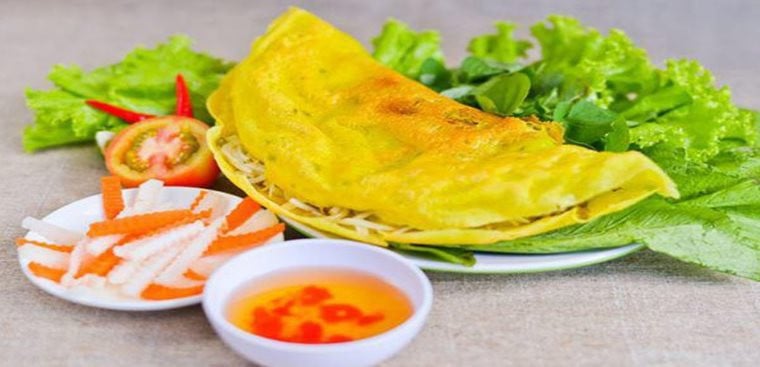
Banh xeo is usually eaten with vegetables, lettuce, herbs and dipped in sweet and sour fish sauce.
International culinary website TasteAtlas has published a list of 100 most attractive street foods in Asia, in which Vietnam is present with 5 delicious dishes including banh mi, pho, broken rice, spring rolls and banh xeo.
Ranked 3rd, banh mi is not only a familiar dish of Vietnamese people but also very much loved by international diners. Banh mi is unique in its form, flavor as well as its processing method and the variety of ingredients. Normally, a sandwich includes meats such as: pork, beef, grilled meat, ham, sausage, eggs, pate, sausage... served with cucumbers, pickles, herbs, chili sauce, soy sauce, sauce... The special spices and the harmonious combination of ingredients are the secrets to making banh mi famous.
Ranked 6th in the list, broken rice is a popular dish in the South of Vietnam, one of the famous street foods in the country and internationally. Broken rice is made from broken rice - a type of broken rice, served with many side dishes such as grilled meat, fried eggs, egg rolls, shredded pork skin mixed with rice powder..., adding chopped green onions, tomatoes, cucumbers and pickled vegetables, drizzled with fish sauce, garlic and chili.
Ranked 24th on the list, spring rolls (as they are called in the South) or fried spring rolls (as they are called in the North) are a dish wrapped in rice paper and fried until golden brown. The dish is relatively simple to make, just wrap ingredients such as minced meat, shrimp, eggs, vermicelli, wood ear mushrooms, shiitake mushrooms, carrots, etc. in a rice paper, then fry until golden brown on all sides and drain the oil.
Spring rolls have an eye-catching outer shell, crispy on the outside, soft and juicy on the inside, dipped in sweet and sour sauce to create an irresistible taste. Spring rolls can be used as both a main dish and an appetizer in a meal.
Banh xeo is ranked 43rd on the list, is an attractive and popular snack of Vietnam, combined with many delicious fresh ingredients. Banh xeo crust is made from rice flour, has a bright yellow color of turmeric, the aroma of coconut milk. The filling usually includes shrimp, stir-fried or diced minced meat, bean sprouts. When the batter is poured into a pan of boiling oil, it will create a "sizzling" sound - just like the name of the cake.
Source: https://danviet.vn/loai-banh-trang-phoi-suong-duoc-xem-la-tinh-hoa-am-thuc-rieng-co-cua-xu-trang-boi-nhung-dac-diem-nay-20240703114636496.htm




![[Photo] Prime Minister Pham Minh Chinh chairs the Government's online conference with localities](https://vphoto.vietnam.vn/thumb/1200x675/vietnam/resource/IMAGE/2025/10/5/264793cfb4404c63a701d235ff43e1bd)
![[Photo] Opening of the 13th Conference of the 13th Party Central Committee](https://vphoto.vietnam.vn/thumb/1200x675/vietnam/resource/IMAGE/2025/10/6/d4b269e6c4b64696af775925cb608560)
![[Photo] Prime Minister Pham Minh Chinh launched a peak emulation campaign to achieve achievements in celebration of the 14th National Party Congress](https://vphoto.vietnam.vn/thumb/1200x675/vietnam/resource/IMAGE/2025/10/5/8869ec5cdbc740f58fbf2ae73f065076)

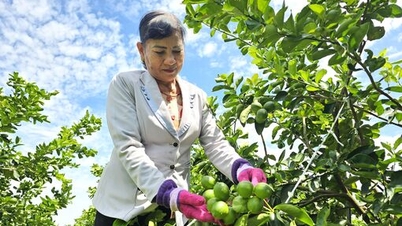

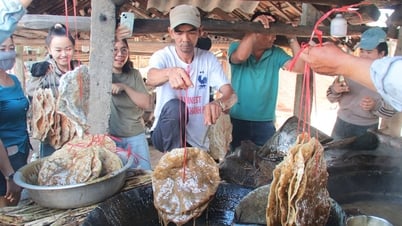



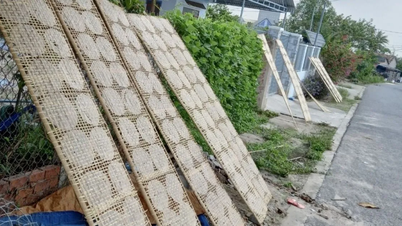

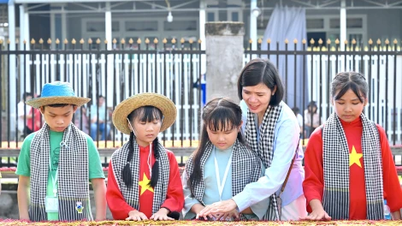

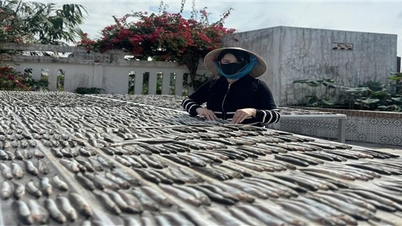

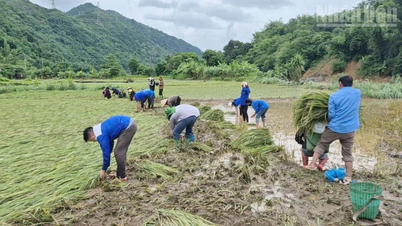



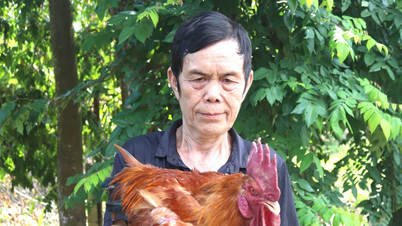

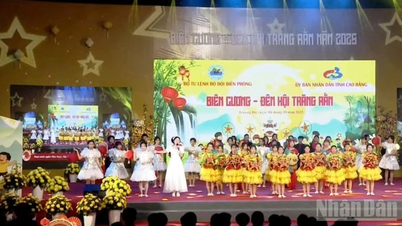
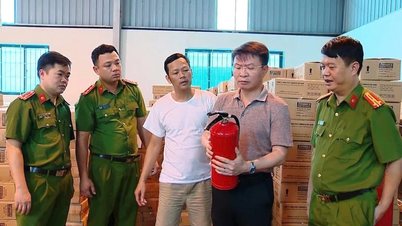







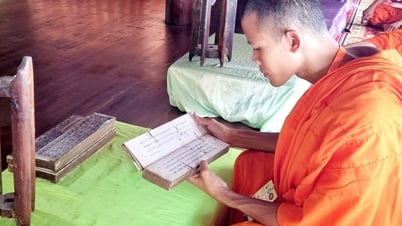

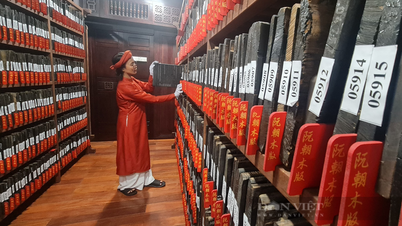



































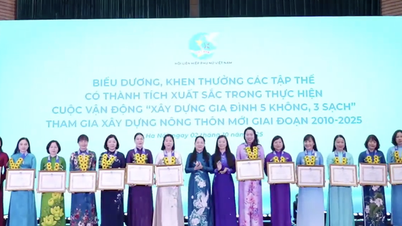

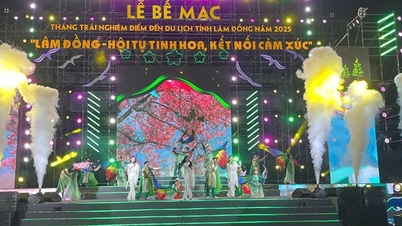
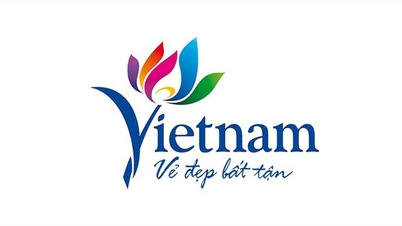




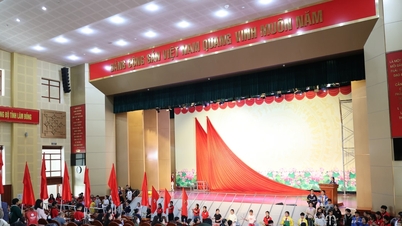





















Comment (0)